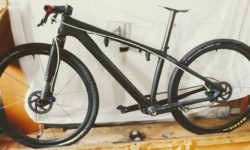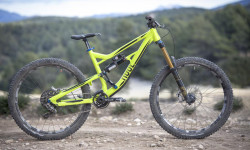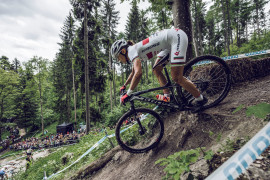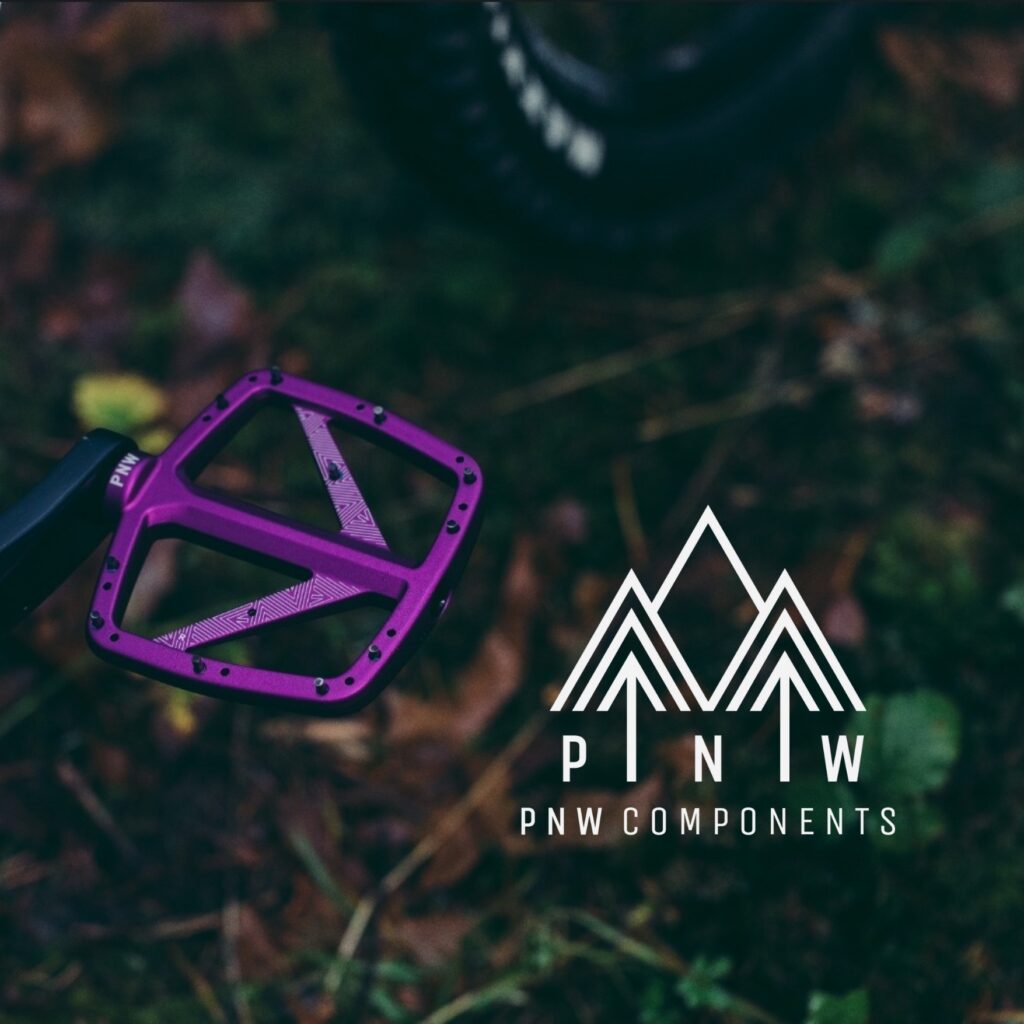Oficjalny sezon UCI dobiegł końca, więc topowi zawodnicy wrócili już w swoje rodzinne strony. Off-sezon to dla większości z nich czas na regenerację, chwilę odpoczynku i ponowne wkręcenie się w sportowy reżim. Nie można też zapomnieć o sprzęcie, który nie tylko trafia na serwis, ale również ulega pewnym bardzo customowym metamorfozom. Poznajcie dwa rowery zawodnika ekipy GSTAAD-Scott, które są bardzo odważnymi kreacjami.
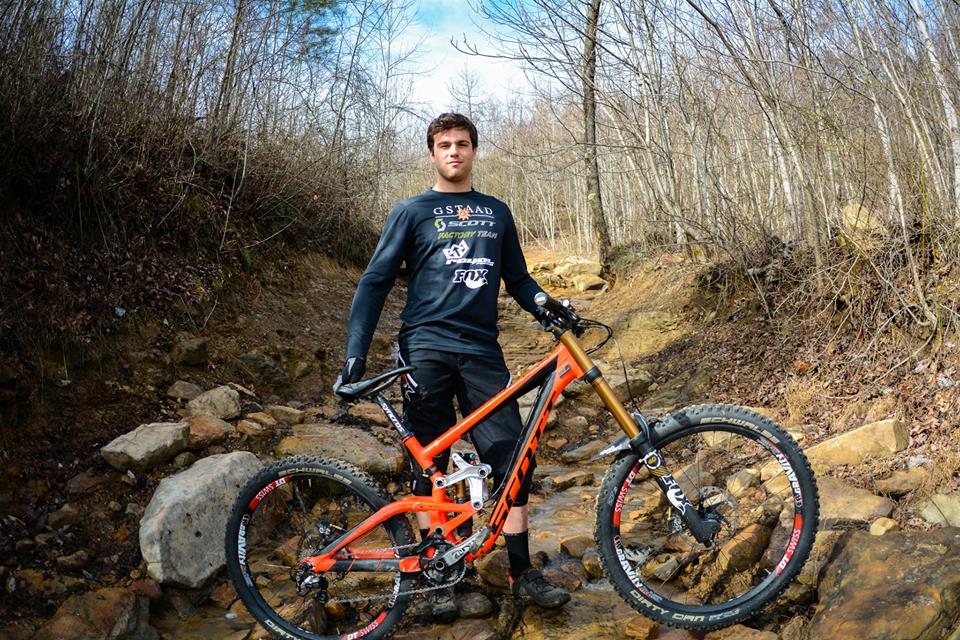
Neko Mulally to zawodnik teamu GSTAAD-Scott. Foto: Scott Sports
Jeśli korzystacie z Instagrama i śledzicie publikacje światowej czołówki DH, to z pewnością wyłapaliście post autorstwa Neko Mulally’ego. Amerykański zjazdowiec pokusił się o bardzo odważny zabieg i skrupulatne opisanie swojego eksperymentu (włącznie z konkretnymi parametrami geometrii, które uległy zmianie). Szybko okazało się, że ten nietuzinkowy post spotkał się z bardzo dużym zainteresowaniem i wieloma pytaniami followersów. BTW. dobrze jest widzieć, że topowi zawodnicy nie wsiadają tylko na przygotowane dla nich rowery, ale sami starają się eksperymentować i szukać nowych rozwiązań.
No ale do rzeczy… Oto co wyczarował Neko Mulally.

Wcześniej Mulally jeździł dla Treka. Ciekawe co zrobił z modelem Session. Foto: Sven Martin / Red Bull Content Pool
Scott Genius LT z mniejszym skokiem
Ta kreacja powstała na potrzeby zawodów w dual slalomie, w których Neko Mulally brał udział około miesiąca temu. Zawody de facto poszły mu całkiem nieźle. Co zrobił Neko? Zamienił standardowe koła 29 cali w swoim rowerze Scott Genius LT na rozmiar 650b (uzyskał obniżenie suportu), a także zmniejszył skok widelca Fox 36 ze 160 na 140mm. Na dokładkę wpakował jeszcze pancerny napęd Shimano Saint.
Feedback Neko: rower jest bardzo zwinny i szybki, ale byłoby lepiej, gdyby paramter CS (chain stay) i skok tylnego zawieszenia były nieco mniejsze.
Scott Gambler na większych kołach
To też dość odważne posunięcie. Neko wziął na warsztat swojego teamowego Scotta Gamblera, w którym na początek zmienił koła z 650b na 29 cali (odwrotnie jak w przypadku tuningu Geniusa LT). Żeby obniżyć suport po zmianie kół Mulally wybrał krótszy damper – z oryginalnego 240mm przesiadł się na wersję 222mm. Korektę kąta widelca Neko dokonał poprzez zamontowanie misek redukcyjnych +1 stopień.
Feedback Neko: zjazdowy rower na kołach 29-cali to nadal niezgłębiony temat. W tej konfiguracji pierwsze wrażenia dotyczyły łatwości pokonywania dziur i nierówności. Amerykański zjazdowiec twierdzi też, że tego typu setup może być świetną alternatywą na charakterystyczne trasy.
Ciężko się z tym nie zgodzić, choć w kwestii mentalnej to jeszcze daleka droga...



